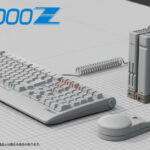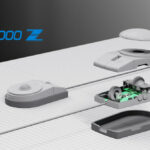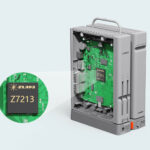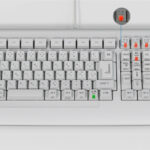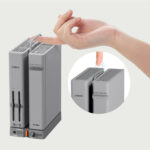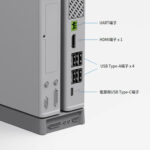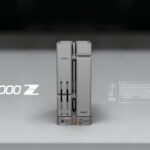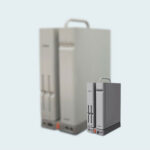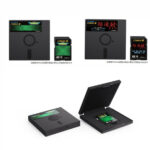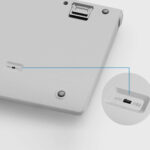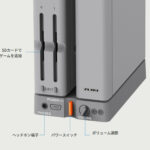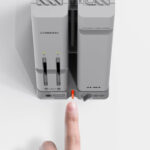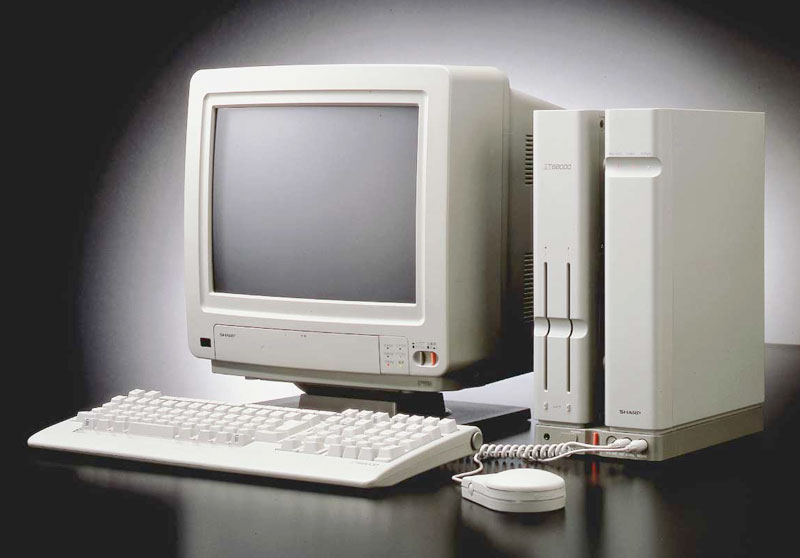
In 1987 Sharp released one of the best home computers to never make it beyond the shores of Japan; the X68000. The initial models were powered by a Motorola 10MHz 68000 processor and had 1MB of RAM. Later models included the far more powerful 25MHz Motorola 68030, up to 12MB of RAM, and an 80MB SCSI HD. All of the X68000 models were equipped with powerful hardware based 2D graphics processors that supported scrolling, multiple bitmap layers, tiled backgrounds, sprites, and parallax. The system had a very large for the time 1MB of VRAM that allowed it to have up to 65,536 on screen, and support for resolutions up to 1024 x 1024 (limited to 64 colors). Sound was provided by Yamaha chips with a full 8 channels of audio. The X68000 was so advanced it could rival some arcade cabinets when it launched, and was used as a development system for Capcom’s CPS arcade board. The amazing part was that all of this power could be purchased for less than half the price of an Apple Macintosh or IBM Compatible PC at the time, while also being truly small form factor even by today’s standards.
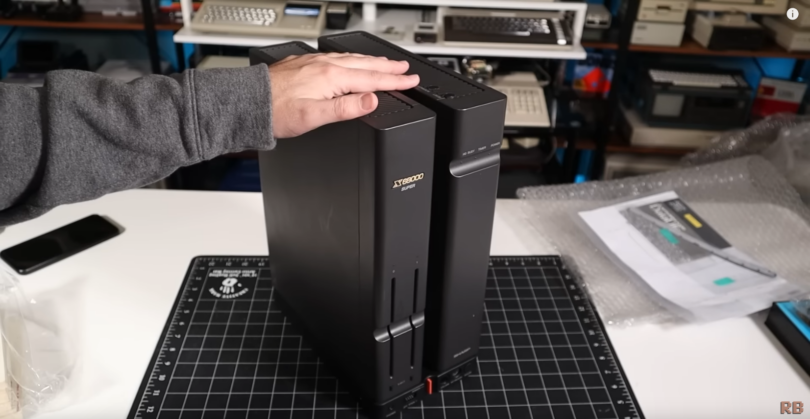
If the X68000 sounds impressive, it’s because it truly was. To put this into perspective, imagine if Microsoft launched the XBOX today but with two RTX 4090s in a custom SLI solution for $1500, and a way to load Windows 11. That’s akin to what it would be like. The X68000 was an absolute powerhouse for its time. This of course lead to the system becoming an amazing way to play arcade games at home long before the Genesis and SNES were household names.
Unlike some other unique computers of the time, publishers weren’t limited to small time developers. Hudson Soft, Konami, Sega, Enix, and Capcom all made games for the X68000. Games such as Castlevania, Afterburner, Bomberman, and Final Fight were released. PC stalwarts such as Lemmings and SimCity were ported. Even a damn near perfect port of Street Fighter 2: Championship Edition was delivered by four floppy disks to the X68000. That was something you absolutely could not get at home any other way. See for yourself courtesy of RetroGames4K.
That’s not to say that the system was entirely about gaming. The X68000 featured a fully functional operating system called Human68K. Initially this was command line based, however a GUI was developed called SX-Window by Sharp and Hudson Soft for the system. It ran on top of Human68K akin to how Windows 3.11 ran on top of DOS. Unfortunately, while it looked modern, it lacked hardware acceleration and could feel sluggish. Still, if you wanted to do productivity work on the X68000, you could. Check out Sa Channel 68k’s demo of a later revision of the OS.
All of this brings me to a Yokohama-based company named Zuki. Zuki may not sound familiar to you, but if you know about the official recently released mini-retro game consoles, then you’ve seen their work. They began a crowd-funding campaign to bring a X68000 mini to market, and achieved their funding goals by ten times over. The new unit includes not only a mini-X68000 Z powered by the same ZUIKI Z7213 SOC found in the Genesis Mini and Turbo Graphic 16 Mini, but also a full sized keyboard and mouse.
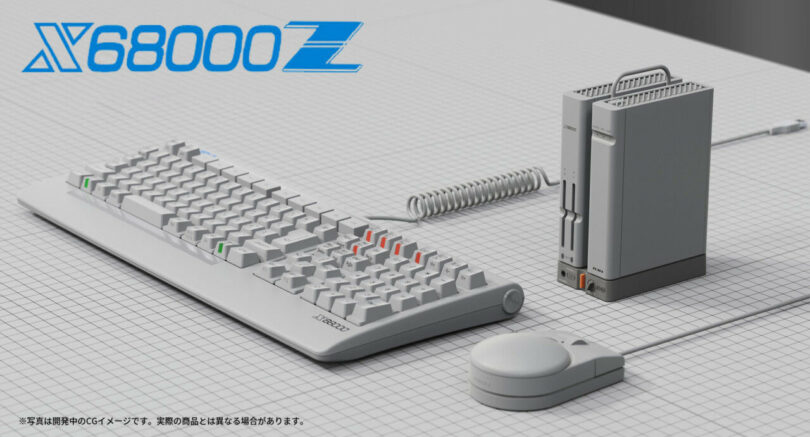
Of course, the X68000 Z is using software emulation to get the job done. The ZUIKI Z7213 SOC is a 1.3GHz ARM Cortex based unit with many, many times the raw processing power any X68000 ever achieved, and provides more than ample power to emulate the classic system. The custom miniaturized X68000 case features modern USB and HDMI ports for connecting the unit to modern displays. Unlike other mini-consoles, the X68000 Z features twin SD card slots to allow users to load software not already on the unit. Other neat features include a functional handle, headphone port, and built-in speaker that emulates the sounds of a floppy drive.
There are of course other ways to relive the X68000. PC emulation is an option, as is hardware emulation via an FPGA core developed for the MiSTER project. Additionally, there is a community of X68000 enthusiasts who still maintain the original hardware in these amazing machines. Some have upgraded them with processors far beyond what the X68000 ever had in its production life. Still, as a plug and play solution, the X68000 Z seems like a great way to experience what Sharp and Hudson Soft had to offer.Which brings me to Sega Lord X.
Sega Lord X backed the Zuiki X68000 Z and received his early unit. He goes into excellent detail about the system, and tests out ten games including Gradius and Street Fighter 2. Well worth the watch. Please also don’t forget to subscribe to his channel.
You can find out more about the Zuiki X68000 Z at their crowd funding home page. I should warn you that it is in Japanese. CLICK HERE to check it out.

